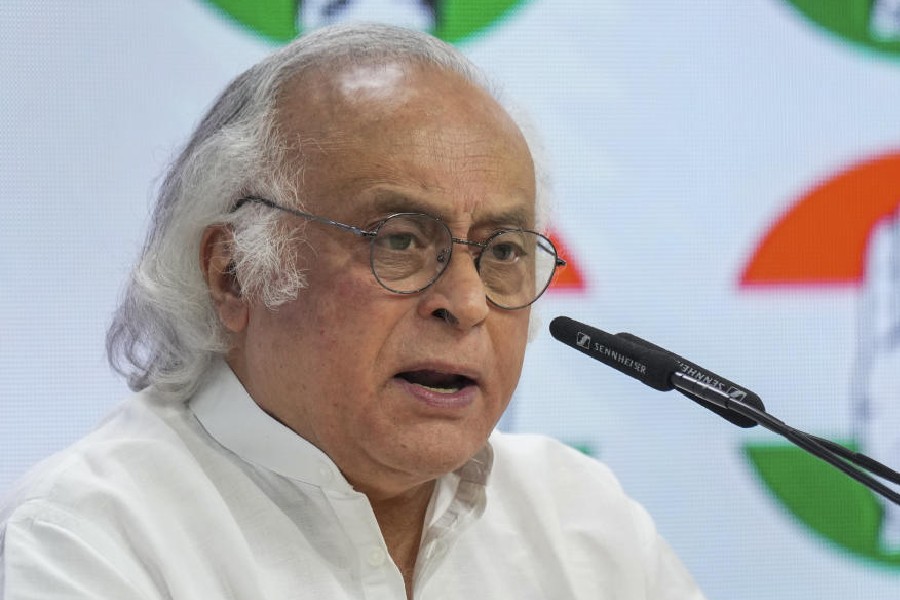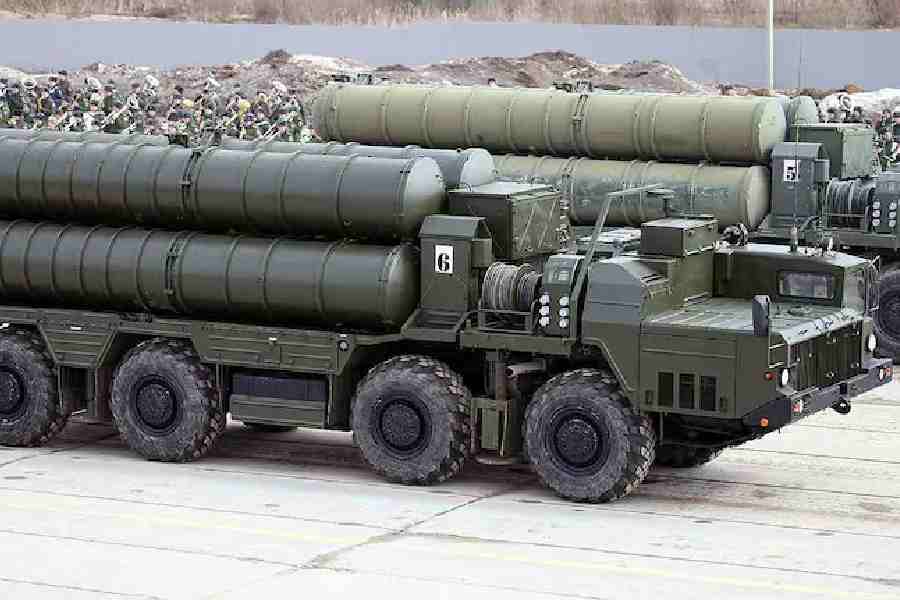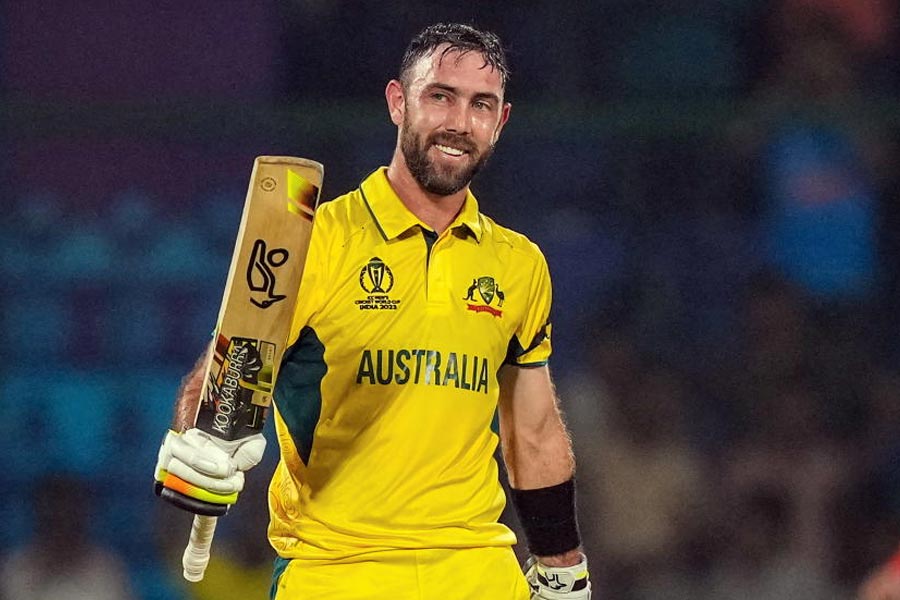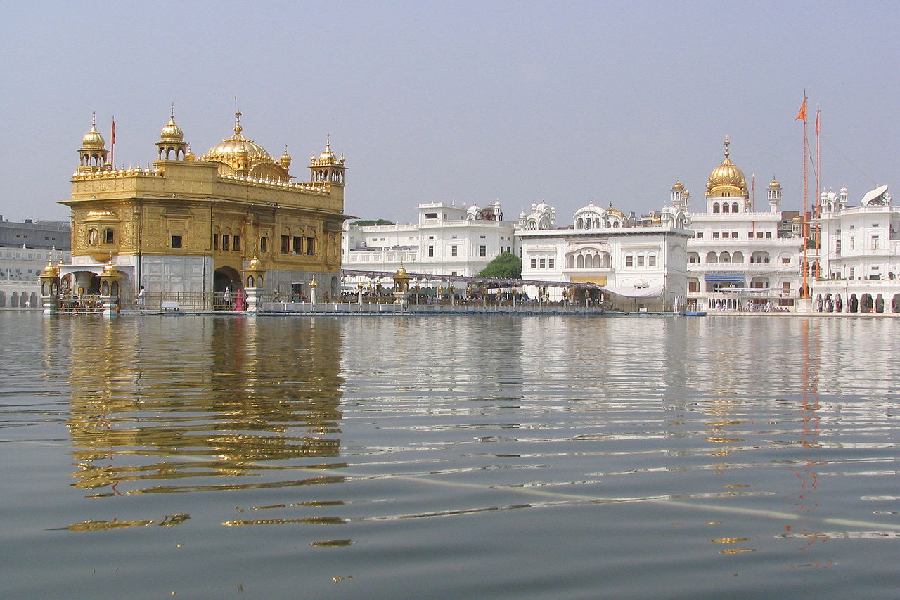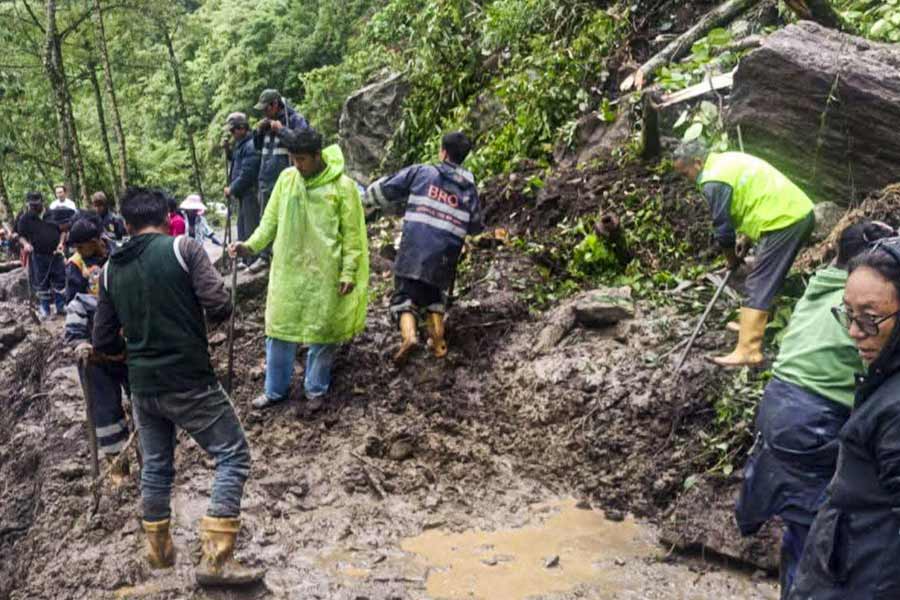Shillong, Nov. 29: The HIV graph in Meghalaya is showing an upward trend with intravenous drug users, women sex workers and people in the age group of 25 to 34 years vulnerable to the infection that carries a “social stigma” tag.
Since 2007, when only 14 people tested positive, the figures have shot up, though less number of people have visited the anti-retroviral therapy (ART) centres for treatment.
As of today, 1,163 people in the state are living with the virus although there could be more on the radar, provided they come forward for testing.
Along with the increase in the number of people with HIV, 79 positive people have so far succumbed to the virus, which weakens a person’s immune system.
“The cumulative figures (of people with HIV) till October this year is 1,163,” Meghalaya AIDS Control Society (MACS) project director Flora Kharkongor said.
However, she said only 527 HIV-positive persons have turned up at the three anti-retroviral therapy centres in the state for treatment.
The first tests were carried out in 2007 where 14 persons were tested positive, Kharkongor said. She said the figures increased on an annual basis: 54 in 2008, 131 in 2009, 245 in 2010, 452 in 2011, 731 in 2012, and 1,008 until March 2013. The cumulative deaths of people with HIV stood at 79 from 2008 until October this year, she added.
Moreover, Kharkongor said intravenous drug users constitute the highest number of people afflicted with the virus. Women sex workers come second as far as the vulnerability to the infection was concerned.
In its annual report of 2012-13, the National AIDS Control Organisation (Naco) pointed out that in the Northeast, “HIV epidemic, driven by dual risk factors of unsafe sex and injecting drug use, poses an important challenge.
“There are many areas in the northeastern states where HIV prevalence is increasing, particularly among the injecting drug users,” the report pointed out.
Kharkongor said those between 25 and 34 years of age constitute 43 per cent of those infected with HIV. Those in the age group of 35-49 years constitute 29 per cent while those in between 15-24 years constitute 19 per cent.
Meghalaya, however, still falls under ‘C’ category, indicative of low profile HIV/AIDS, but which is still very vulnerable to the infection.
The prevalence rate in Meghalaya, according to data available, is 0.13 per cent. The state is ranked below Assam whose prevalence rate is 0.07. The national average is 0.27.
Manipur is at the top in the Northeast with a prevalence rate of 1.22, followed by Mizoram and Nagaland, whose prevalence rates are 0.75 and 0.73 per cent respectively.
Kharkongor stressed the importance of propagating mass awareness so that people are encouraged to come forward for tests.


